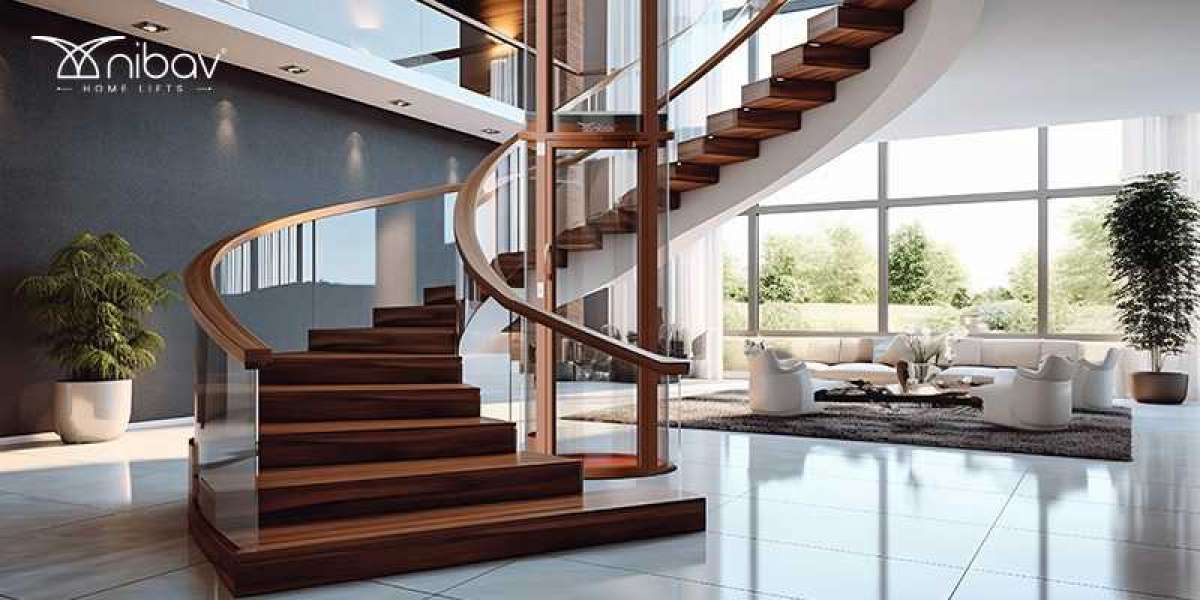The following are significant aesthetic and design considerations:
Finishes inside:
Material Selection:
Pick home elevators materials that coordinate with your home's overall style. Wood, stainless steel, glass, and custom finishes are typical choices.
Incorporate your home's dcor into the elevator's color scheme. Neutral tones can complement a variety of design styles in contrast to bold hues, which can make a statement.
Consider adding texture or patterns to the walls or flooring of the elevator to provide aesthetic appeal. This could take the form of decorative wall treatments, patterned tiles, or textured glass panels.
Lighting:
Background Lighting: To create a relaxing ambience within the elevator, provide ambient lights. Different moods and events can be accommodated by altering the LED lights.
Accent Lighting: Use accent lighting to draw attention to certain elevator design features, such as wall art or unique cabinets.
Elevator ceilings may have recessed lighting, ornamental panels, or even a fake skylight for aesthetic purposes.
Accessibility and security:
Railings: Include fashionable railings that not only increase safety but also enhance the aesthetic of the elevator. Handrails made to order, made of glass or stainless steel, are available options.
Flooring: Pick a material for your floors that is both aesthetically pleasing and non-slip. Marble, oak, or non-slip tiles are examples of suitable materials.
Make sure your elevator design incorporates all essential accessible elements, such as strategically located controls, unmistakable indications, and emergency communication systems.
Consider adding distinctive murals, etched glass panels, or sculptures to the interior of the elevator as a way to personalize it.
Personalization: Make the elevator reflect your preferences and passions. Include components that illustrate your interests, passions, or family history.
Adaptation to interior design:
Match the current decor: To preserve a unified appearance while retrofitting an elevator into an existing home, try to match the elevator's design with the existing furnishings.
For a smooth transition, make sure the elevator's entry and exit points line up with nearby rooms, corridors, or architectural features.
Space and Layout: Open vs. Closed Design: Choose between an open layout with glass walls to provide the impression of space, or a closed layout for more privacy.
Space Efficiency: Make the most of the available space in the elevator while making sure it doesn't feel crowded or obstructive.
Elevator Doors: Elevator doors can be personalized with decorative panels, materials, or finishes to blend in with your home's outside style.
Integration with Facade: If your elevator has an exterior presence, think about how it will blend in with the facade's architectural design.
Maintenance and Durability: To ensure that your vacuum elevators maintains its best appearance over time, use materials and finishes that are simple to maintain and can resist normal wear and tear.
By carefully taking into account these aesthetic and design factors, you can build a vacuum elevator that not only accomplishes its intended function but also improves the appeal and elegance of your house. You may achieve the ideal balance between form and function by working with a skilled elevator designer or architect.





